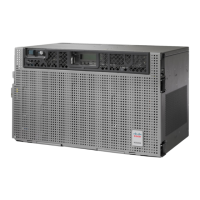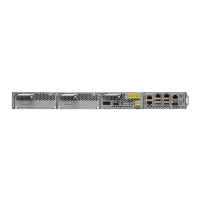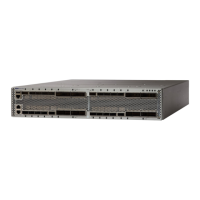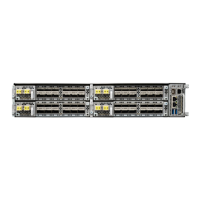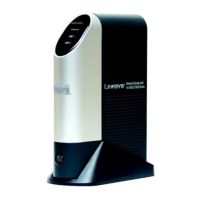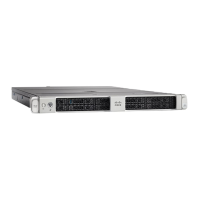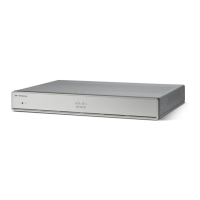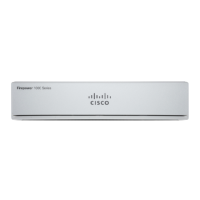Solution CTC does not remove a card or port from the available list until a circuit is completely provisioned.
If two users simultaneously select the same source port to create a circuit, the first user to complete circuit
provisioning gets use of the port. The other user gets the Path in Use error. Cancel the circuit creation and
start over, or click Back until you return to the initial circuit creation window. The source port that was
previously selected no longer appears in the available list because it is now part of a provisioned circuit. Select
a different available port and begin the circuit creation process again.
Calculate and Design IP Subnets
Problem You cannot calculate or design IP subnets on the NCS.
Possible Cause The IP capabilities of the NCS require specific calculations to properly design IP subnets.
Solution Cisco provides a free online tool to calculate and design IP subnets. Go to
http://www.cisco.com/techtools/ip_addr.html.
Timing
This section provides solutions to common timing reference errors and alarms.
NCS Switches Timing Reference
Problem Timing references switch when one or more problems occur.
Possible Cause The optical or building integrated timing supply (BITS) input is receiving loss of signal
(LOS), loss of frame (LOF), or AIS alarms from its timing source.
Possible Cause The optical or BITS input is not functioning.
Possible Cause The synchronization status messaging (SSM) message is set to do not use for
synchronization (DUS).
Possible Cause SSM indicates a Stratum 3 or lower clock quality.
Possible Cause The input frequency is off by more than 15 ppm.
Possible Cause The input clock wanders and has more than three slips in 30 seconds.
Possible Cause A bad timing reference existed for at least two minutes.
Solution The NCS internal clock operates at a Stratum 3E level of accuracy. This gives the NCS a free-running
synchronization accuracy of +/– 4.6 ppm and a holdover stability of less than 255 slips in the first 24 hours
or 3.7 x 10–7/day, including temperature. NCS free-running synchronization relies on the Stratum 3 internal
clock. Over an extended time period, using a higher quality Stratum 1 or Stratum 2 timing source results in
fewer timing slips than a lower quality Stratum 3 timing source.
Holdover Synchronization Alarm
Problem The clock is running at a different frequency than normal and the HLDOVRSYNC , on page 226
appears.
Possible Cause The last reference input has failed.
Cisco NCS 2000 series Troubleshooting Guide, Release 11.0
57
General Troubleshooting
Calculate and Design IP Subnets
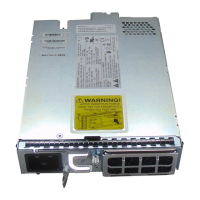
